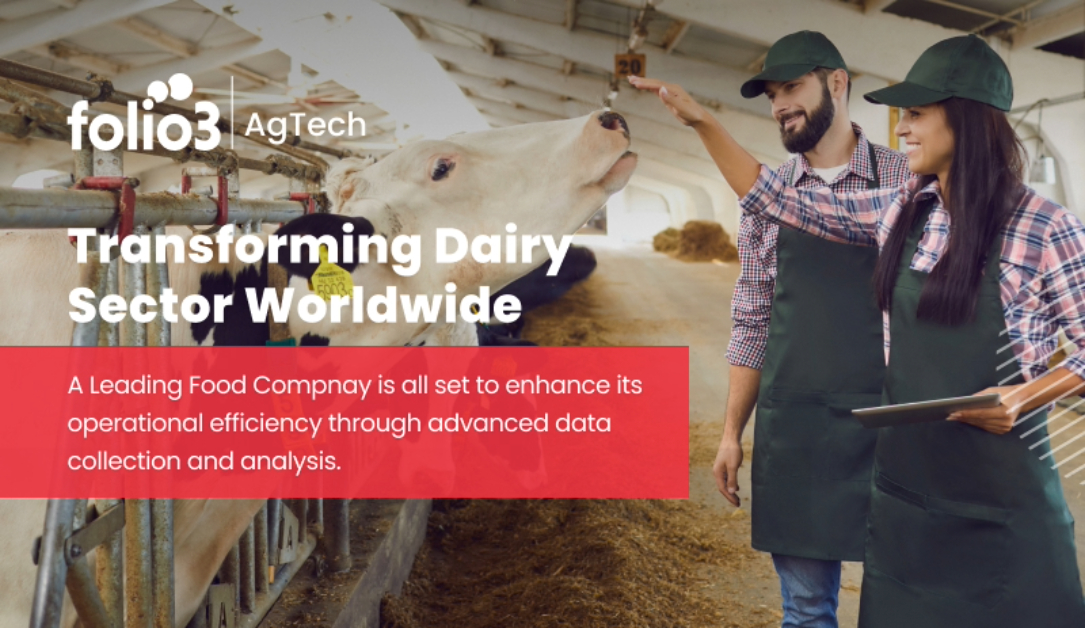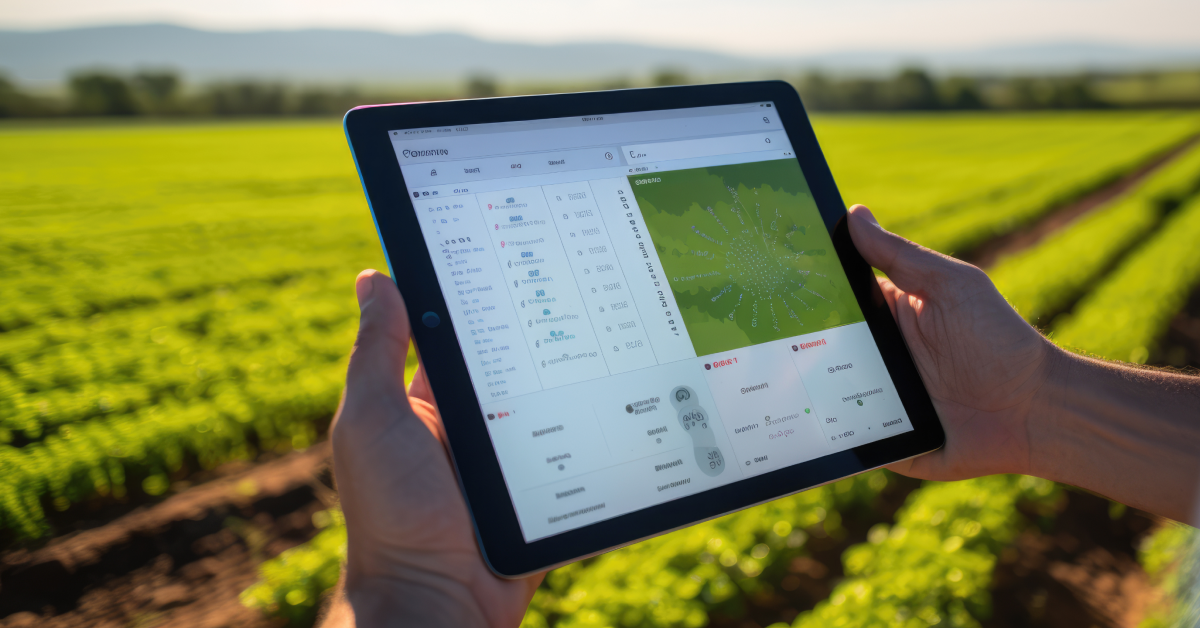What is HACCP Compliance?
If you’re wondering what does HACCP mean? It identifies potential hazards in food production processes and establishes controls to prevent their occurrence or reduce their likelihood. HACCP is a preventative approach to food safety, aiming to prevent risks before they occur.
HACCP compliance means that a food production facility or operation follows the HACCP system and implements its principles to ensure food safety. Compliance with HACCP involves conducting a hazard analysis, identifying critical control points, setting up monitoring procedures, establishing corrective actions, and maintaining records to demonstrate the system’s effectiveness.
HACCP compliance is essential in the food industry to ensure food products are safe for consumption. It is a legal requirement in many countries, and food companies that fail to comply with HACCP regulations can face significant fines or even closure. HACCP compliance is a continuous process that requires ongoing monitoring and review to ensure that food safety hazards are effectively controlled.
How to Become HACCP Compliant:
To become HACCP compliant, a business must follow several steps to ensure the safety of its food products. These steps include prerequisite programs, preliminary tasks for creating HACCP plans and establishing all seven HACCP principles.
The prerequisite programs must be established, including good manufacturing practices, sanitation standards, hygiene requirements, operating procedures, and creating a HACCP team. The team members must come from different departments within the food business to consider all processes.
The next step is creating a process flow diagram, which illustrates the entire food service operation from raw material receiving to the final serving of the food. The flow diagram must be verified for accuracy and adjusted if necessary.
The finished product and its distribution must be appropriately described, including storage conditions, cooking processes, and ingredients. Additionally, the intended use of the product and the target customers must be defined, such as whether the product is a raw ingredient, additive, or ready-to-eat.
To create a HACCP plan, businesses can use software solutions such as ERPs and plan builders to streamline the process and reduce operational costs. With the help of technology, companies can skip the preliminary tasks and let the software do the work for them.
In summary, becoming HACCP compliant involves following prerequisite programs, completing preliminary tasks, and establishing all seven HACCP principles. With technology, businesses can streamline processes and achieve compliance efficiently and effectively.
How to Become HACCP Certified?
Here’s how to get HACCP certification. To obtain a HACCP certificate, a food business must implement a plan following Hazard Analysis and Critical Control Points (HACCP) principles. And since a HACCP certificate directly affects the business’s survival, this plan helps identify and control potential hazards in the food production process to ensure the food is safe for consumption. The HACCP plan should include the following steps:
- Conduct a hazard analysis: Identify all potential hazards in the food production process.
- Determine critical control points (CCPs): Determine where control measures are needed to prevent, eliminate, or reduce hazards.
- Establish critical limits: Establish the maximum or minimum values for each CCP to ensure food safety.
- Implement monitoring procedures: Implement procedures to ensure that CCPs are under control.
- Establish corrective actions: Establish procedures when a CCP exceeds the critical limit.
- Maintain records: Keep detailed records of the HACCP plan, including CCP monitoring, corrective actions, and verification activities.
- Implement verification procedures: Implement procedures to ensure that the HACCP plan is working effectively.
Once the HACCP plan is implemented, the business must verify its effectiveness. This includes conducting internal audits, reviewing records, and testing procedures to confirm the plan works correctly. The program must also be updated periodically to reflect changes in the process or potential hazards.
To obtain HACCP certification, the food business must seek an audit by a third-party certification body. This audit ensures that the HACCP plan meets the requirements and effectively controls hazards. The food business will receive HACCP certification if the plan meets the requirements.
Law often requires HACCP certification for businesses producing meat, poultry, and seafood. However, it is also beneficial for other food businesses to have HACCP certification, as it demonstrates their commitment to making safe, high-quality food products. Staff members must be trained on the HACCP plan’s requirements to ensure that the plan is effectively implemented and maintained.
HACCP certification requires a detailed and thorough understanding of the HACCP principles and requirements. A food business must develop, implement, and maintain a HACCP plan specific to the company and comply with relevant food safety regulations. Regular verification and validation of the plan are necessary to ensure that it remains effective in controlling hazards and maintaining food safety. By following these steps, a food business can achieve HACCP certification and demonstrate its commitment to producing safe and high-quality food products. Obtaining a HACCP certificate is a long yet rewarding task if done traditionally, but it’s simple and rewarding with EcoDocs since it does all the heavy lifting for you.
HACCP Compliance Checklist:
For a business to become HACCP compliant, it must follow a series of steps to ensure the safety of the food. These steps include prerequisite programs, preliminary tasks to devise a HACCP plan, and the establishment of all seven principles of HACCP. The verification tasks are essential to track progress. Below are the significant points:
Preliminary Tasks:
- The prerequisite programs should include exemplary practices in food manufacturing, sanitation standards, hygiene requirements, operating procedures, and the five steps for HACCP plan creation.
- Create a HACCP team with members from different departments of the food business to consider all processes and develop the plan.
- Provide complete and proper descriptions of finished products and their courses for distribution, including data on distribution conditions, storage conditions, cooking processes, and ingredients.
- Develop a process flow diagram that illustrates the entire service operations, from raw material receiving to the final serving of food.
- Verify the flow diagram to ensure accuracy and make adjustments as necessary.
- Identify the intended use of products and target customers, including a description of whether the product is a raw ingredient, an additive, or a product ready for consumption and which customers could be allergic to the product.
If you devise a HACCP plan, these steps can take days of meetings and prolonged working hours. Modern technology has made it easier for businesses to become HACCP compliant. HACCP software can help companies skip preliminary tasks and reduce operational costs. This can increase employee productivity by reducing workload and providing optimal results. Agtech businesses are making use of HACCP software to achieve compliance.
HACCP Principles Checklist:
The content of the HACCP compliance principles is based on seven principles. These principles, if followed correctly, address the potential risks to food safety in the food business. The seven principles are
- Hazard analysis and hazard identification. All of the hazards related to the food products that are produced and all the processes which the food goes through the need to be adequately analyzed after their identification.
- The establishment of critical control points is needed. Here, all of the steps of the food business are identified. Then these procedures will be set to control particular hazards. The use of a hazard decision tree can help identify a CCP.
- The establishment of critical limits. These limits can be based on peer-reviewed articles and international regulatory standards to help assign a safe critical limit for each critical control point.
- Establishment of corrective actions. Here are the measures that will address the deviation of the critical limits that will be identified and assigned. These can bring them back t safe levels and make food fit for consumption.
- Have adequate monitoring procedures. All the critical control points must be monitored accordingly to ensure that these are specifically designed to ensure compliance with the processes to meet all food safety regulations. Any anomaly must be identified and attended to by using corrective actions. This is best achieved by HACCP software, which reduces the human burden and can do 24/7 surveillance accurately.
- The verification procedure will verify that the HACCP compliances are being met and working effectively. This verification must pass with the regulatory authorities as well.
- Accurate record-keeping is required. These ensure complete documentation of all information included in the HACCP plan. This will also have a set of procedures that dictate how to collect the records to monitor the HACCP system.
When these principles are tested, and these boxes are checked out, the business will be ready for the HACCP compliance procedures for verification. Other essential food safety needs and monitoring for the food safety procedures relating to management.
These help monitor control hazards such as the multiplication of pathogens or even any physical risks in the processes. These can also include checklists that will observe templates for analytical testing for the chemicals, end-product testing, microbiological testing, and the aspects of food storage. For solutions for HACCP compliances, you can use HACCP software for Agtech.
What Is the Difference Between HACCP Compliant and HACCP Certified?
The difference between being HACCP compliant and being HACCP certified is significant in the food industry. HACCP compliance refers to adhering to the Hazard Analysis and Critical Control Points (HACCP) principles and requirements to prevent foodborne illnesses. On the other hand, HACCP certification is awarded to a company by regulatory bodies after passing an inspection that confirms the company’s compliance with HACCP standards.
Being HACCP compliant involves implementing the seven principles of HACCP in the food business, including hazard analysis, critical control points, critical limits, corrective actions, monitoring procedures, verification, and record-keeping. Once a company is HACCP compliant, it can apply for HACCP certification.
HACCP certification is granted by a regulatory body after conducting an audit by third-party experts or qualified auditors to ensure that the food business has complete control over food safety. This certification verifies that the HACCP plan is effective and that the company has passed the HACCP audit to become HACCP certified. The certification proves to stakeholders, regulatory bodies, and customers that the company has a functioning food safety program that adheres to HACCP compliance.
Both HACCP compliance and certification are crucial for food safety and regulatory compliance, and they help to prevent foodborne illnesses and provide adequate preventive and corrective measures. Companies must ensure their HACCP plan is accurate, complete, and actively applicable to their food operations to become HACCP compliant. Implementing HACCP software can also aid in achieving compliance and certification.
In conclusion, the critical difference between HACCP compliance and certification is that compliance refers to following HACCP principles, while certification is the recognition of compliance by regulatory bodies. Both are essential for ensuring food safety and regulatory compliance in the food business.
What to expect if you choose EcoDocs as a solution for HACCP Compliance:
As a business dealing with food, it is essential to maintain food safety and comply with HACCP regulations. EcoDocs, a HACCP-compliant software solution, can help you achieve this goal. Here are some benefits of using EcoDocs:
- Transparent Communication: EcoDocs provides a clear and transparent communication method to ensure you understand the HACCP compliance software. This helps avoid confusion and ensures that you get the software you need.
- Data Transparency: The software ensures transparency in data, making actions clear and keeping data safe from manipulation. This feature allows for increased visibility, providing a clear view of the workflows. Connecting the software to databases that store data provides secure data storage for operations.
- Improved Traceability: EcoDocs helps food businesses improve traceability, which allows for corrective actions, increases food safety, ensures data transparency, and provides organized documentation for immediate access. It uses artificial intelligence and machine learning, making it an intelligent solution for improving HACCP compliance and setting high service standards.
- Easy Inspections: The software digitizes all operations, providing automated dashboards and making inspections easy and transparent. The data is visible in a centralized database, allowing easy access, and food safety logs are available 24/7 for monitoring. This feature helps businesses be prepared for surprise inspections by government authorities.
- Preventive and Corrective Actions: EcoDocs provides a backup plan when something goes wrong, helping businesses manage risks in the working environment. The software can detect faulty equipment and prompt technicians to fix it, ensuring food safety. It also enables companies to include personalized actions in production processes to follow their added safety standards.
- Notable Features: EcoDocs has specialized features, including a 24/7 record-keeping system that feeds data automatically into databases, a verification program that ensures that you’re HACCP-compliant, a customized flow diagram tailored to company operations, the establishment of critical control points, identification, and analysis of food safety hazards, an innovative corrective plan of action in case of critical limit breach or product contamination, and 24/7 monitoring of essential points of control.
EcoDocs can help businesses become HACCP-compliant, ensuring food safety and setting high service standards. It is an excellent solution for companies that want to streamline their processes and reduce operational costs while maintaining compliance. Contact EcoDocs today to learn more about our software solutions for HACCP compliance.
Benefits of opting for EcoDocs over its competition:
EcoDocs HACCP-compliant software is a comprehensive solution that can help businesses streamline their food safety management systems and ensure compliance with legal requirements. The software provides a fully-fledged, 24/7 record-keeping system that automatically feeds data into the databases, removing human error and automating the process. This ensures that businesses maintain accurate and up-to-date records, track their progress, and identify any areas of concern or non-compliance.
EcoDocs also provides a verification program to ensure that the company processes comply with HACCP. This HACCP program offers a customized flow diagram tailored to your company’s operations. Establishing critical control points will include the acceptable limits that were set or can be set using artificial intelligence.
Why should we opt for Ecodocs over its competition?
One of the most critical features of EcoDocs is the precise identification of food safety health hazards and their analysis. The software establishes a brilliant corrective action plan in cases where a critical limit is breached or product contamination occurs. The affected foods will be traced and identified to be removed, ensuring the safety of the consumer.
Moreover, EcoDocs ensures the 24/7 monitoring of critical control points of the processes. This helps businesses reduce the risk of foodborne illness outbreaks and minimize the impact of any incidents. The software provides automatic alerts for critical control points and real-time data analysis.
Businesses can save time and resources by using a single, integrated system for managing food safety compliance. EcoDocs’ HACCP-compliant software can increase efficiency and productivity, reduce costs, and improve customer satisfaction. Establishing a robust food safety management system can help businesses enhance their operations, reduce risks, and meet all the legal requirements for food safety.
EcoDocs’ Price:
EcoDocs offers a range of key benefits that make it a valuable tool for achieving HACCP compliance. In particular, this HACCP program or HACCP-compliant software is much more affordable than developing HACCP software from scratch, which can cost between $6,000 to $87,000, according to a study published in the Journal of Food Science. Using EcoDocs, businesses can avoid the additional costs of hiring consultants, as the software provides a customized flow diagram tailored to the company’s operations.
EcoDocs offers a fully-fledged, 24/7 record-keeping system that automatically feeds data into the databases, automating the process and removing human error. The software provides a verification program to ensure the company processes comply with HACCP.
In addition to these benefits, EcoDocs offers precise identification of food safety health hazards and their analysis and the establishment of critical control points that include acceptable required limits set by using artificial intelligence. Moreover, EcoDocs establishes an innovative corrective action plan to ensure the consumer’s safety if a vital limit is breached or the product is contaminated.
EcoDocs HACCP-compliant software offers a more affordable and time-saving alternative to traditional methods of achieving a HACCP-compliant system. The software provides businesses with a comprehensive solution for managing their food safety compliance requirements, reducing risk, and ensuring they meet all the legal requirements for food safety.
Conclusion:
EcoDocs offers a comprehensive solution for businesses seeking to achieve HACCP compliance. This HACCP program or software’s affordability and efficiency make it an ideal choice for companies looking to manage their food safety compliance requirements, reduce risk, and ensure they meet all necessary legal requirements.
One of the critical benefits of EcoDocs is its fully-fledged, 24/7 record-keeping system, which automatically feeds data into the databases, making the process automated and eliminating the human error factor. Additionally, EcoDocs offers a verification program to ensure that the company processes are in HACCP compliance, and it provides a customized flow diagram tailored to the company’s operations.
EcoDocs also offers precise identification of food safety health hazards and their analysis and the establishment of critical control points that include acceptable required limits using artificial intelligence. EcoDocs establishes an innovative corrective action plan to ensure consumer safety in case of a vital limit breach or product contamination.
Overall, EcoDocs provides businesses with a comprehensive solution to achieve HACCP compliance without traditional methods’ high costs and time-consuming nature. Using EcoDocs, companies can streamline their food safety compliance requirements, reduce risk, and ensure they meet all necessary legal requirements.






